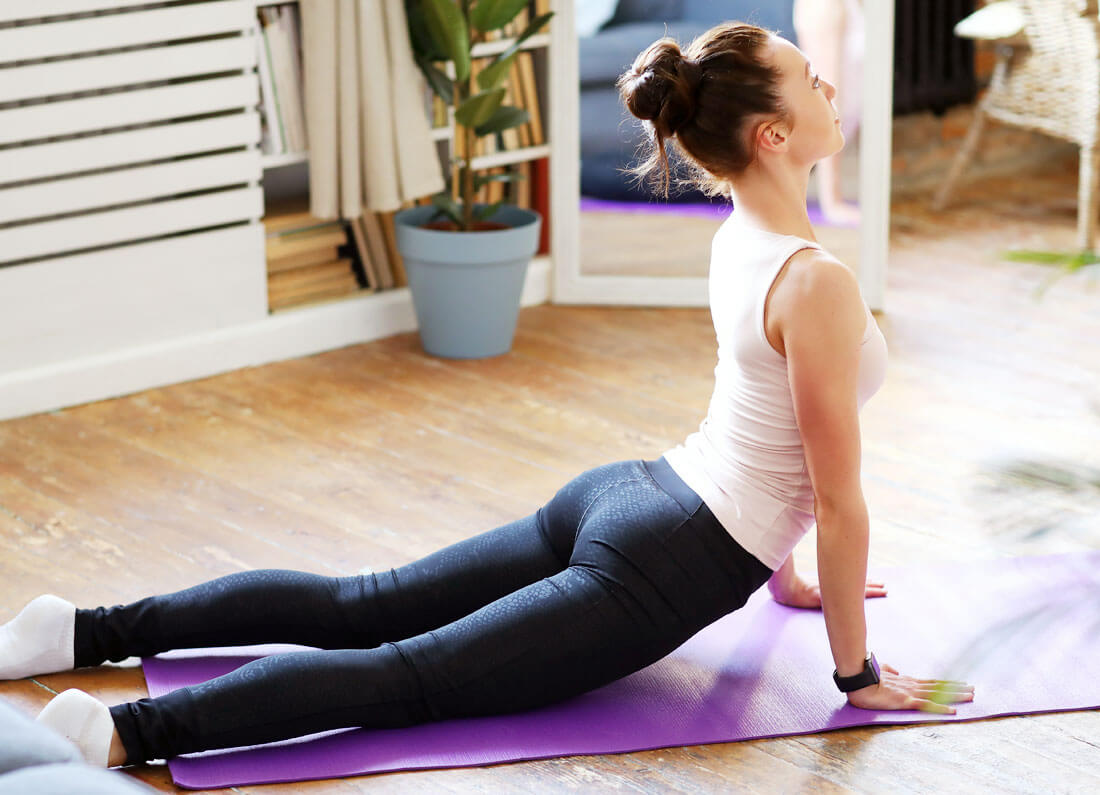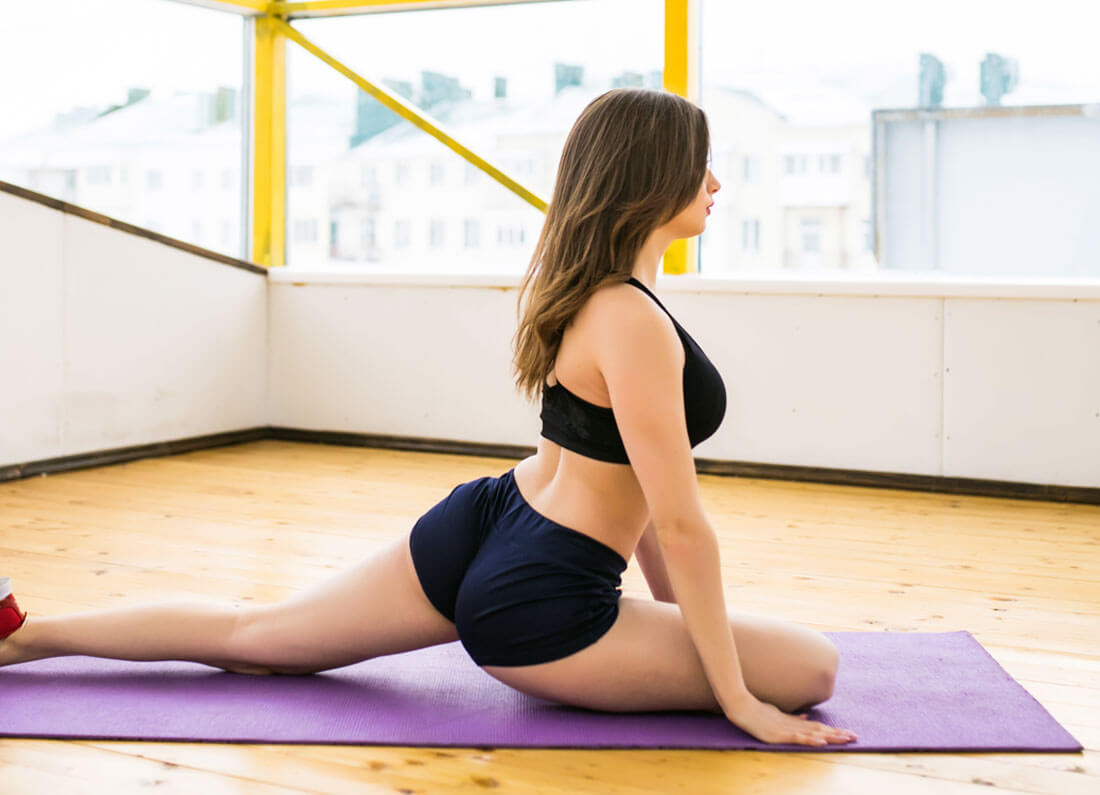The Transformative Power of Yoga: Postures and Their Mental and Health Benefits
Yoga, an ancient practice originating from India, has evolved into a global phenomenon that transcends cultural and geographical boundaries. Known for its profound impact on mental and physical health, yoga combines postures (asanas), breathing exercises (pranayama), and meditation (dhyana) to promote harmony between the body, mind, and spirit. Its accessibility and versatility have made it a cornerstone of holistic wellness.

The Benefits of Yoga, The Philosophy and History of Yoga
The Philosophy and History of Yoga
Yoga’s roots date back over 5,000 years, emerging from ancient Indian philosophy and spiritual traditions. Derived from the Sanskrit word “yuj,” meaning union, yoga aims to connect the individual self with universal consciousness. Over centuries, various styles of yoga have developed, from Hatha Yoga, focusing on physical postures, to Raja Yoga, emphasizing meditation and mental discipline.
In modern times, yoga has been adapted to suit different lifestyles and goals, from fitness-focused Vinyasa to restorative Yin Yoga. Despite its variations, the core principle of fostering balance and mindfulness remains constant.
The Benefits of Yoga
Yoga offers an array of mental, physical, and emotional benefits, making it a comprehensive practice for overall well-being.
1. Physical Benefits
- Enhanced Flexibility: Regular practice stretches muscles and improves joint mobility.
- Strength Building: Yoga strengthens core muscles, tones the body, and enhances endurance.
- Improved Posture: Postures like Tadasana (Mountain Pose) and Bhujangasana (Cobra Pose) align the spine, correcting posture-related issues.
- Cardiovascular Health: Practices like Sun Salutations increase heart rate, improving circulation and heart health.
- Better Digestion: Twisting postures, such as Ardha Matsyendrasana (Half Spinal Twist), massage the digestive organs, promoting gut health.
2. Mental Benefits
- Stress Reduction: Mindful breathing and meditation calm the nervous system, reducing cortisol levels.
- Increased Focus: Meditation and breathing techniques improve cognitive function and concentration.
- Emotional Stability: Yoga fosters self-awareness, helping practitioners manage emotions and cultivate a positive mindset.
3. Holistic Health Benefits
- Chronic Pain Relief: Yoga alleviates symptoms of arthritis, back pain, and migraines.
- Boosted Immunity: Postures that stimulate the lymphatic system enhance the body’s natural defense mechanisms.
- Better Sleep Quality: Relaxation techniques, like Yoga Nidra, combat insomnia and promote restorative sleep.
Essential Yoga Postures and Their Benefits
Mastering yoga requires an understanding of foundational postures that cater to both beginners and seasoned practitioners. Here are five essential poses and their benefits:
1. Downward-Facing Dog (Adho Mukha Svanasana)
- How to Perform: Begin on your hands and knees, lift your hips towards the ceiling, and form an inverted “V” shape.
- Benefits: Stretches the back, hamstrings, and shoulders; improves circulation and posture.
2. Warrior Pose (Virabhadrasana)
- How to Perform: Stand in a lunge position, stretch arms upward or outward, and maintain balance.
- Benefits: Strengthens legs, improves focus, and builds stamina.
3. Tree Pose (Vrikshasana)
- How to Perform: Stand on one leg, place the other foot on the inner thigh, and stretch arms overhead.
- Benefits: Enhances balance, strengthens leg muscles, and encourages mindfulness.
4. Cobra Pose (Bhujangasana)
- How to Perform: Lie on your stomach, place hands beneath shoulders, and lift the chest while keeping the pelvis grounded.
- Benefits: Opens the chest, strengthens the spine, and alleviates lower back pain.
5. Child’s Pose (Balasana)
- How to Perform: Sit on your heels, extend arms forward, and rest your forehead on the mat.
- Benefits: Relaxes the back, hips, and shoulders, promoting mental calmness.
Mental Health and Emotional Resilience Through Yoga
Yoga’s emphasis on mindfulness makes it a powerful tool for managing stress, anxiety, and depression. Practices like Pranayama (controlled breathing) regulate the nervous system, while meditation enhances emotional resilience. Studies have shown that yoga increases the production of endorphins and serotonin, the body’s natural mood elevators.
The Role of Yoga in Modern Healthcare
Yoga is increasingly being integrated into healthcare systems as a complementary therapy. From managing chronic diseases like diabetes and hypertension to aiding rehabilitation, yoga has demonstrated its efficacy in promoting recovery and improving quality of life. Hospitals and wellness centers now offer yoga-based programs tailored to individual needs.
The Global Impact of Yoga
The United Nations recognized the significance of yoga by declaring June 21 as International Yoga Day. This annual event celebrates yoga’s universal appeal, uniting people worldwide in a shared practice of health and harmony. As yoga continues to gain popularity, it fosters a sense of global community and well-being.
Tips for Starting a Yoga Practice
- Choose a Style: Identify a yoga style that aligns with your fitness level and goals.
- Create a Routine: Dedicate a specific time daily for your practice.
- Use Props: Blocks and straps can assist beginners in achieving correct alignment.
- Focus on Breathing: Proper breathing enhances the effectiveness of each posture.
- Seek Guidance: Join a yoga class or follow online tutorials for expert instructions.
Conclusion: Embracing Yoga for a Balanced Life
Yoga is a timeless practice that offers endless benefits for the body, mind, and soul. Its versatility makes it suitable for all age groups and fitness levels, ensuring its relevance in today’s fast-paced world. Whether you aim to improve physical health, enhance mental clarity, or cultivate inner peace, yoga provides a pathway to holistic wellness.
By embracing yoga, individuals not only transform their own lives but also contribute to a more mindful and compassionate society. Start your yoga journey today, and experience the profound difference it can make in your life.










Leave a Reply